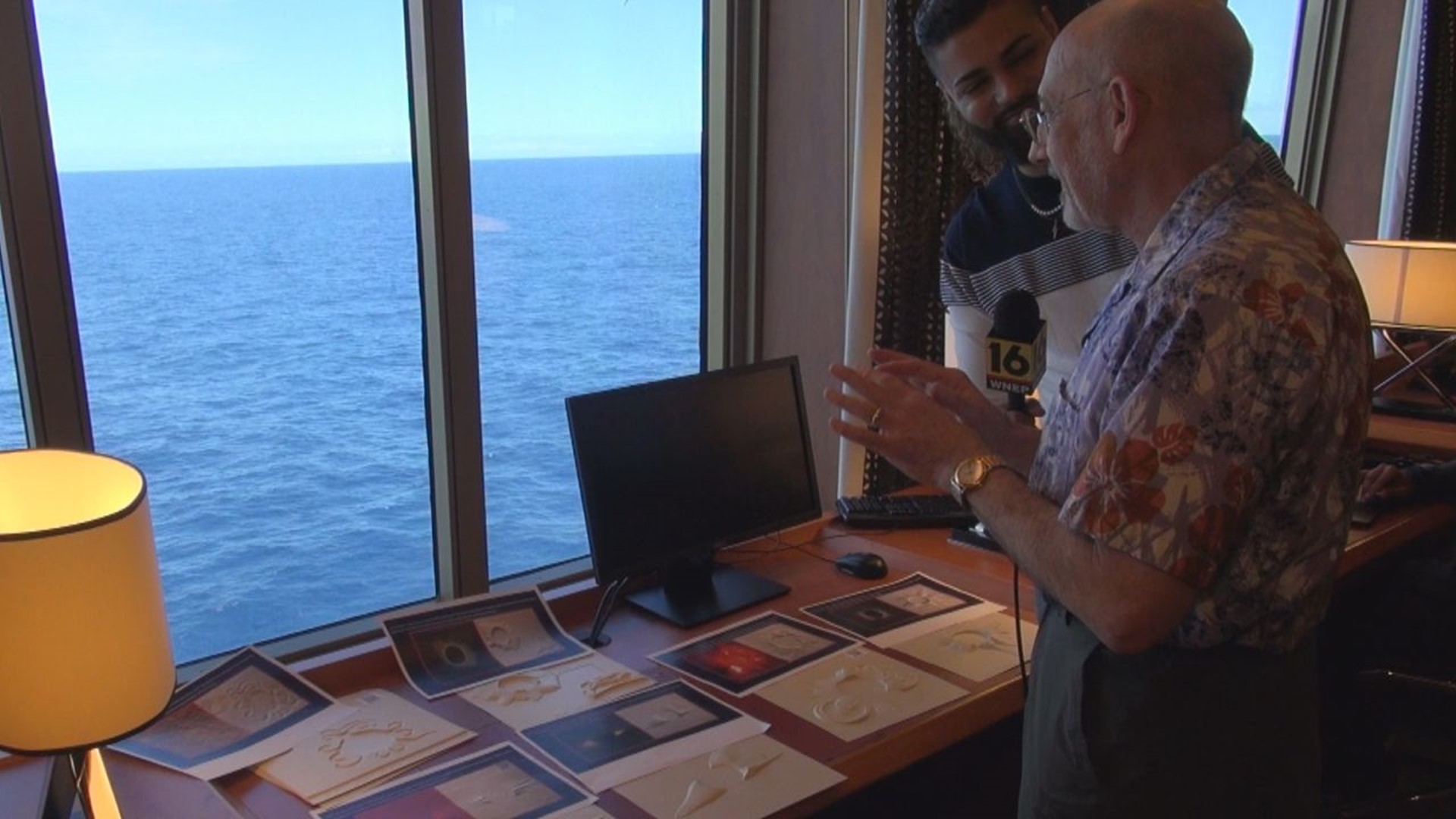BAHÍA DE SANTA CRUZ HUATULCO, Oaxaca — The sun's outer atmosphere, or corona, is elusive. It is almost always hidden by the sun's bright surface.
"It's a very different kind of thing than you ever see anywhere else in nature," said Dr. Rick Fienberg, former Editor in Chief and former President of Sky & Telescope Magazine's parent company Sky Publishing, and current Senior Advisor to the Executive Officer and Program Manager of the American Astronomical Society's Solar Eclipse Task Force.
Scientists still don't understand it.
"Scientists have been struggling for decades to try to understand how does the sun's upper atmosphere get heated to millions of degrees by a surface that's only 10,000 degrees. Now, that's very counterintuitive, if you put your hand near a fire, it's very hot, and as you pull your hand away, it gets cooler," explained Dr. Fienberg.
Although the corona is hundreds of times hotter than the surface of the sun, it is also millions of times less dense, causing it to appear extremely dim.
"So we only get the chance to see the corona, even though it's always there, we only get to see it during a total solar eclipse." he said.
For the mere seconds it is visible, it is breathtaking.
"It's spectacularly gorgeous—it has loops, and streamers, and wisps, and whirls. These are all sculpted by the sun's magnetic field," he added.
Some people consider the corona the most awesome sight in the entire universe. But for people who are unable to see, there are resources to help aid them in "experiencing" the corona.
Jeremy was sent thermoform tactile cards courtesy of NASA's Cherilynn Morrow and the NASA PUNCH (Polarimeter to UNify the Corona and Heliosphere) Team. The cards help visually impaired and blind people feel what a corona looks like.
The tactile cards merge art, culture, history, and science, and recreate eclipses from recent images, and even from cave drawings all the way back from the 11th century.
They can also be useful for sighted individuals to understand the shapes of sun's outer atmosphere.
"On April 8th of this year, we are going to be very close to the maximum of solar activity, which means that the sun is putting out a lot of flares, a lot of coronal mass ejections, which are these huge eruptions of energetic particles leaving the sun and heading toward earth. At solar maximum, the corona is brighter, it extends farther from the sun, and it is much more symmetric." Dr, Fienberg explained.
During the solar eclipse in 2017, the sun was near its solar minimum phase, which resulted in a much less impressive coronal shape—thin, wispy, feathered, and extending outward only from the equator of the sun. Also not visible in 2017 were prominences, or glowing hot pink loops of plasma bursting from the sun's surface.
This time, Dr. Fienberg cheered, "Those will tend to be more prominent, no pun intended, and more prevalent. We will probably see them, a lot of them, at the beginning and the end of the eclipse, as the moon is just about to cover and just about to uncover the sun."

